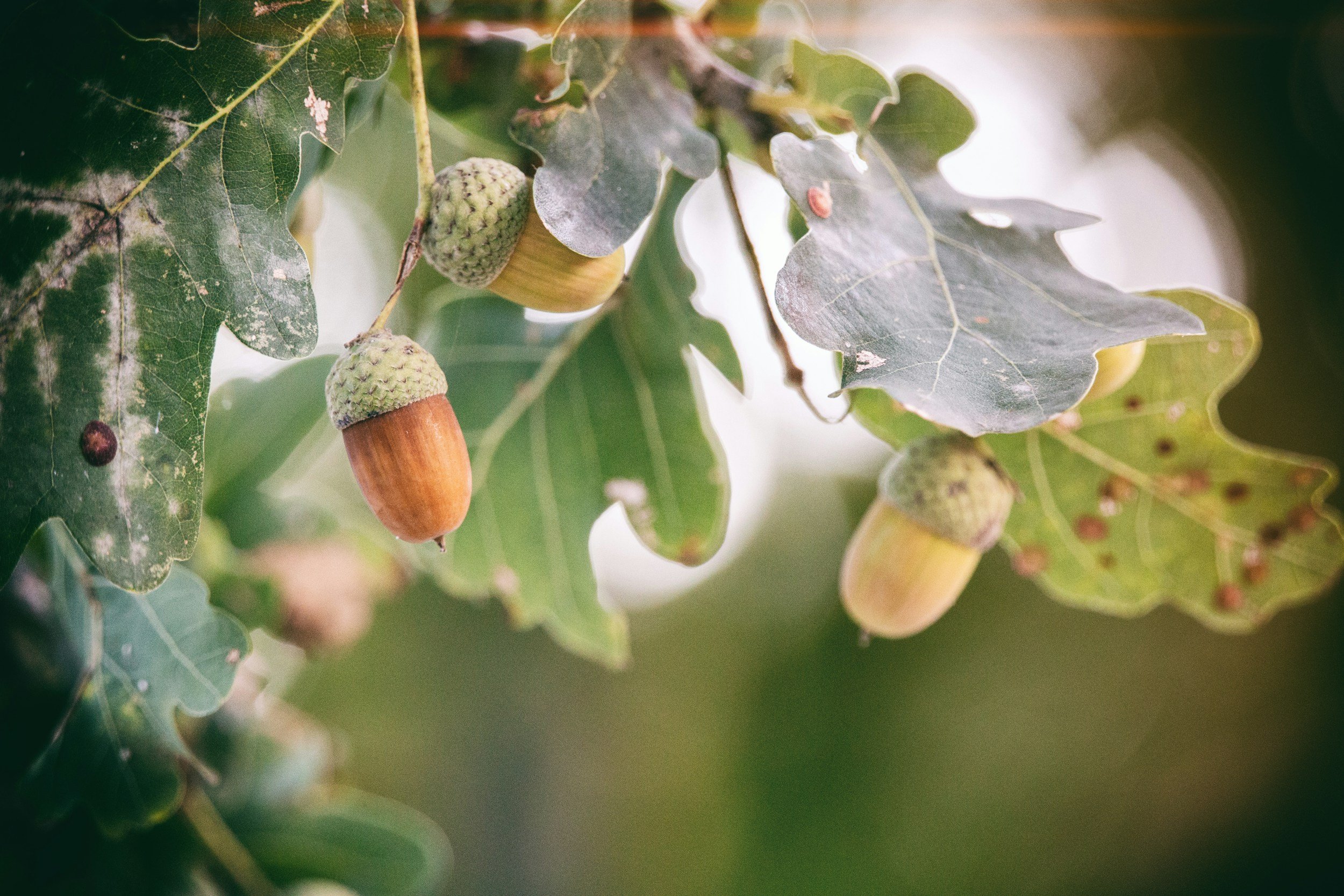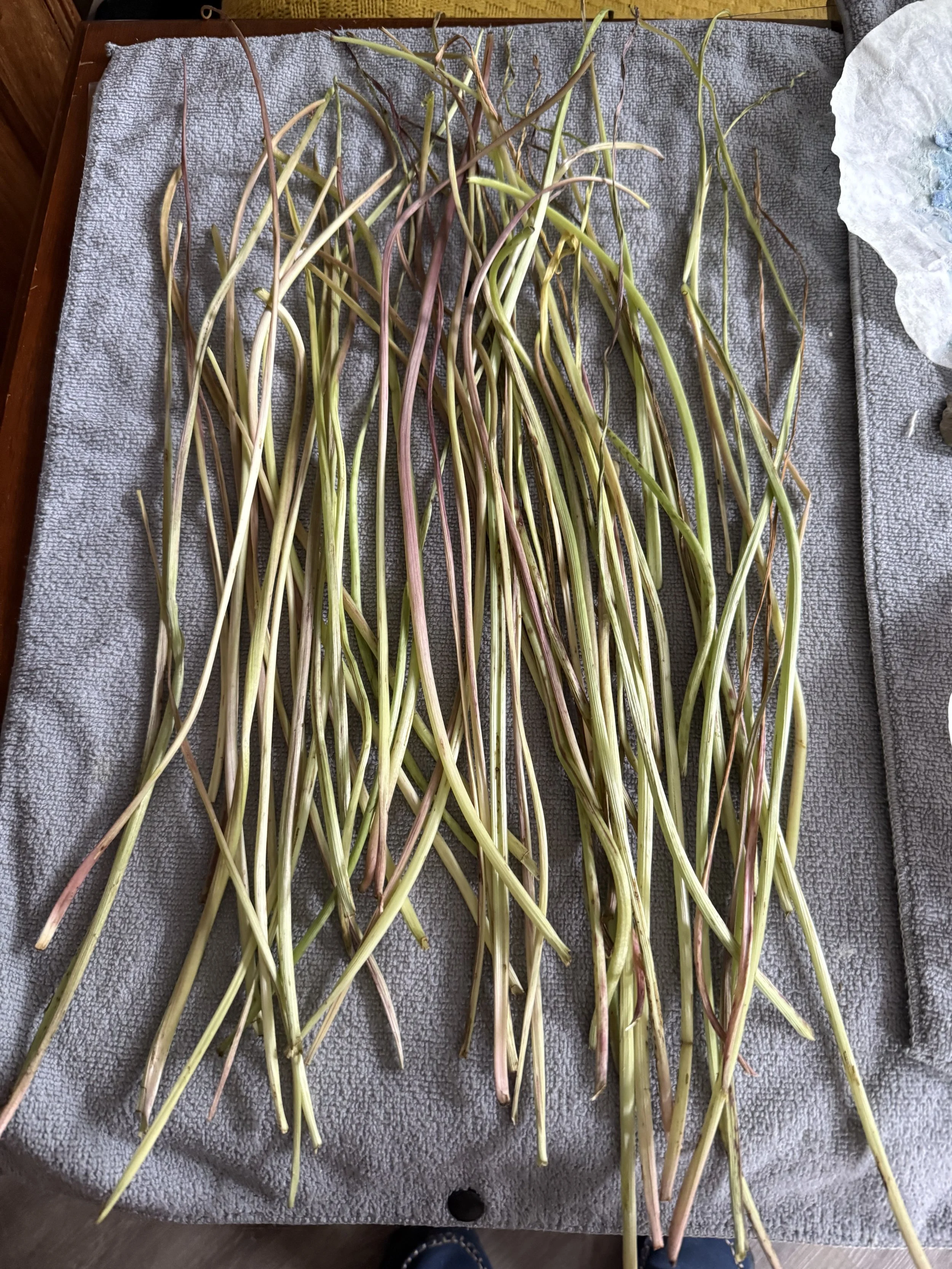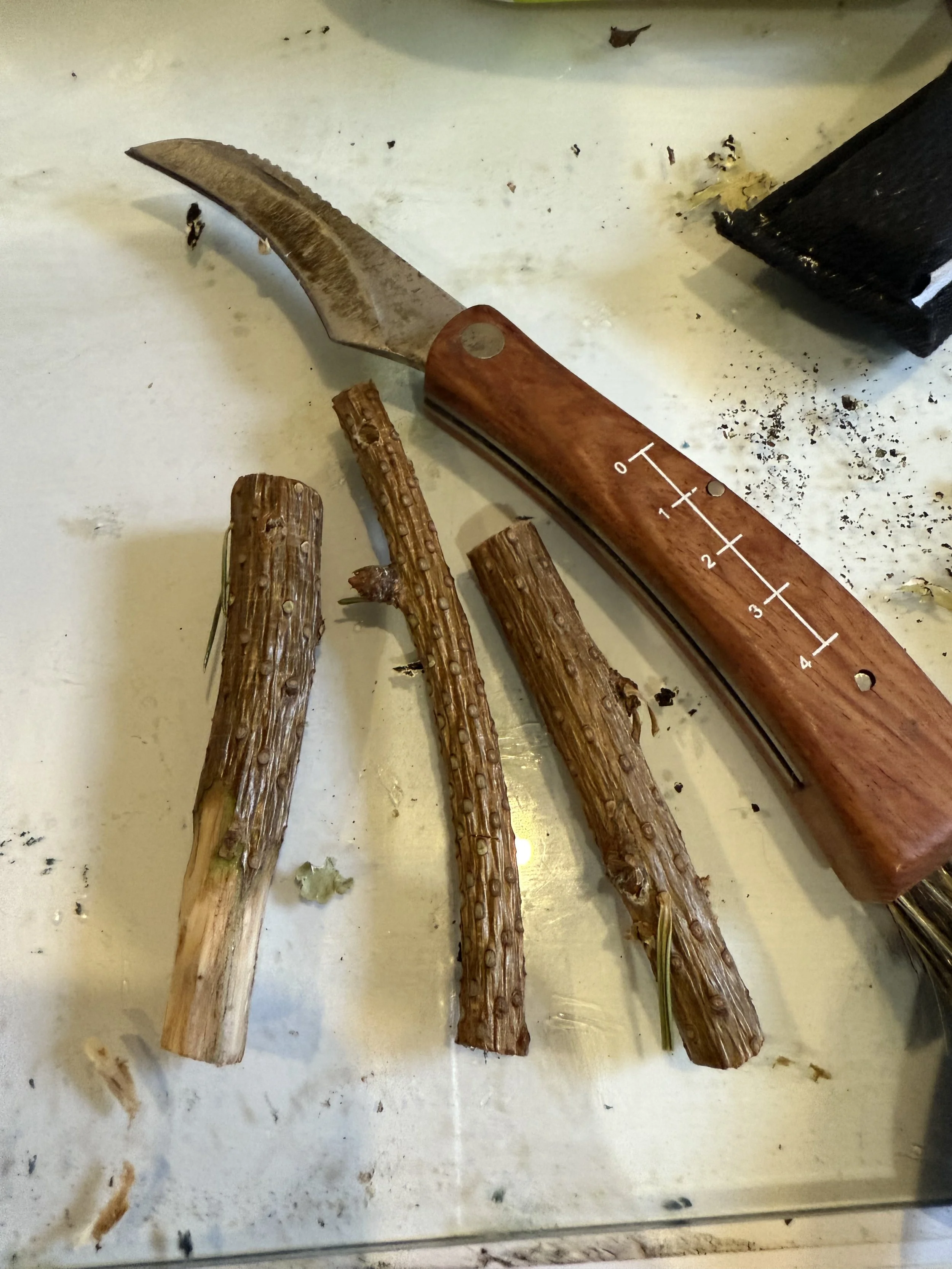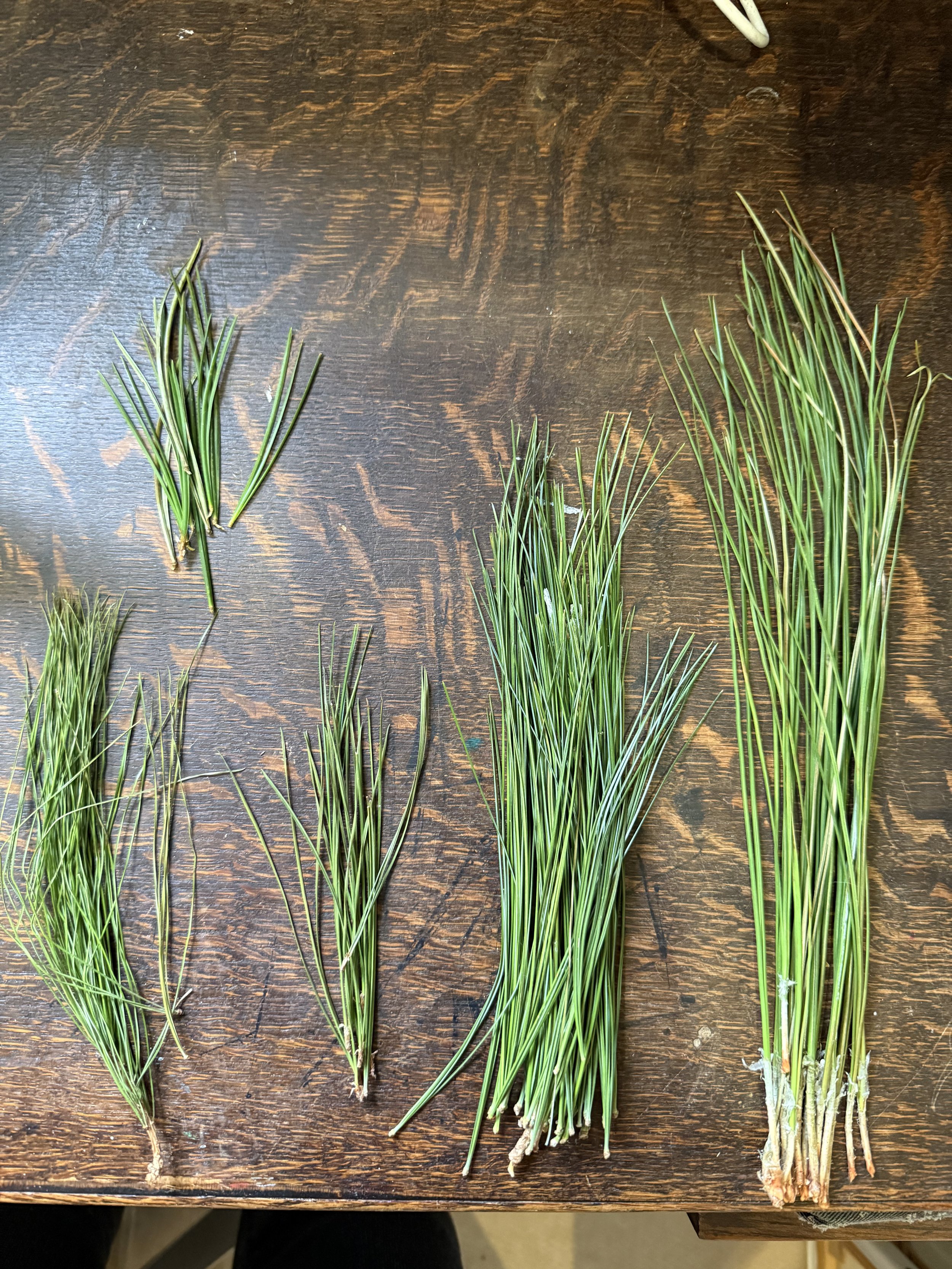
A Brief History of the Divide
-

The division between fine art and craft is not a natural or inevitable separation, but a historically constructed and ideologically motivated boundary. Understanding its emergence requires us to examine the socio-political forces of modernity: colonialism, industrialisation, patriarchy, and capitalism. These forces shaped not only the valuation of different forms of making, but also who was permitted to create, exhibit, and be recognised as an "artist."
In pre-modern societies across the globe, artistic and functional objects were often indistinguishable. Religious idols, ceremonial garments, woven baskets, and carved utensils all held both aesthetic and utilitarian significance. The notion of a specialised fine artist was rare.
Instead, communities nurtured holistic forms of making that were deeply embedded in daily life, cosmology, and ecological awareness. For example, Indigenous Australian song lines or Navajo weaving traditions are inseparable from land, story, and survival[1]. Likewise, medieval European guild systems recognised craftspeople as skilled artisans who often worked collaboratively on cathedral murals, altarpieces, and sacred tapestries[2].
The seeds of separation began with the European Renaissance, when the concept of the "genius artist" emerged. Figures like Leonardo da Vinci and Michelangelo were elevated as solitary, male visionaries whose work transcended function. This shift valorised the intellectual and conceptual dimensions of art, aligning it with elite philosophical pursuits and distancing it from manual labour[3].
The Enlightenment furthered this distinction, reinforcing Cartesian dualisms: mind over body, reason over emotion, and art over craft.
-

Colonialism exported and imposed these hierarchies. As European empires expanded, they catalogued, exorcised, and often devalued the artistic traditions of colonised peoples.
Handwoven Andean textiles, Yoruba carvings, and Indian block prints were classified as "ethnographic artefacts" or "folk craft," excluded from the newly emerging category of global contemporary art[4]. This was not simply an aesthetic judgement but a political act that erased Indigenous epistemologies and asserted Eurocentric cultural supremacy.
Simultaneously, the Industrial Revolution restructured the conditions of making. Mechanised production de-skilled many craft traditions, reducing them to repetitive labour while celebrating the speed and output of machines.
This intensified a cultural divide: factory work and domestic handicraft were feminised and trivialised, while painting and sculpture, now increasingly commodified, were masculinised and elevated as intellectual and financial capital[5].
This gendered division persisted well into the 20th century, where movements like Abstract Expressionism and Conceptual Art claimed to transcend materiality, often reinforcing a disembodied and individualist notion of the artist[6].
However, countercurrents have always existed. The Arts and Crafts Movement, led by figures like William Morris and later embraced by figures such as Anni Albers and Bauhaus weavers, sought to reunite beauty and utility, aesthetics and ethics.
Morris famously declared: "You can’t have art without resistance in the material"[7]. These artists saw craft as a vital resistance to industrial alienation, a way of restoring the dignity of labour and the sanctity of materials.
-

In more recent decades, feminist artists of the 1970s, such as Judy Chicago, Faith Ringgold, and Miriam Schapiro, foregrounded textile work, quilting, and embroidery as forms of political expression. These practices were not merely recuperative but radically disruptive, challenging the male-dominated canon of modernism and asserting a domestic, collaborative, and sensory approach to meaning-making[8].
Similarly, contemporary Indigenous artists like Kenojuak Ashevak or El Anatsui have blurred the boundaries of art and craft, asserting practices rooted in place, sustainability, and community.
Yet despite these efforts, the institutional divide between art and craft remains persistent. Art schools, museums, and biennales often reinforce these categories, shaping funding, pedagogy, and exhibition opportunities.
Craft continues to be relegated to specialised festivals, rural heritage centres, or the realm of "applied arts." This segregation not only limits the visibility of non-Western and gendered practices, but also stifles a much-needed ecological consciousness.
In the age of climate crisis, this historical baggage takes on new urgency. Re-examining the art/craft divide is not merely a matter of cultural justice but ecological necessity.
Craft traditions, with their emphasis on local materials, cyclical time, repair, and intergenerational knowledge, offer sustainable alternatives to extractive art markets and disposable aesthetics. They hold within them blueprints for regenerative practices that contemporary art desperately needs to engage with.
Therefore, this chapter has laid the groundwork for why and how the art/craft divide emerged. In the next chapter, we will explore how specific craft traditions, including those in my own practice, function as ecologically grounded methodologies that resist dominant paradigms of artistic production.

Footnotes:
Ingold, Tim. The Perception of the Environment: Essays on Livelihood, Dwelling and Skill. Routledge, 2000.
Pye, David. The Nature and Art of Workmanship. Herbert Press, 1968.
Shiner, Larry. The Invention of Art: A Cultural History. University of Chicago Press, 2001.
Clifford, James. The Predicament of Culture: Twentieth-Century Ethnography, Literature, and Art. Harvard University Press, 1988.
Dormer, Peter. The Art of the Maker: Skill and Its Meaning in Art, Craft and Design. Thames & Hudson, 1994.
Nochlin, Linda. "Why Have There Been No Great Women Artists?" ARTnews, 1971.
Morris, William. The Beauty of Life. In Art and Socialism: Lectures and Essays. Routledge, 1981.
Parker, Rozsika. The Subversive Stitch: Embroidery and the Making of the Feminine. I.B. Tauris, 2010.